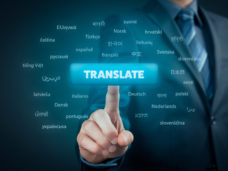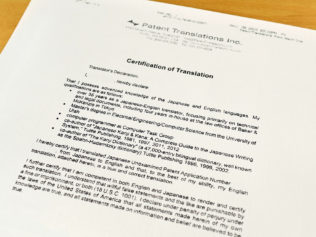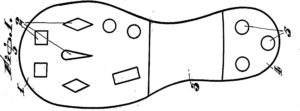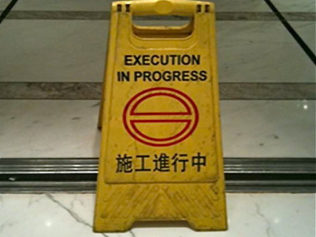Too many cooks
I once translated a priority document together with another translator. We used a translation of the priority document, which had long ago been filed with the USPTO, as our common terminology reference (that way both of us would use the same terms in our translations).
The translation published by the USPTO was probably done by a junior staff member in a Japanese law firm. I say that because the wacky English could never have been produced by a native speaker. I say ‘junior’ staff member because the translation was not consistent. In places, really bad expressions had been fixed, but they had been fixed into English that is still idiomatically incorrect, which suggests review by a senior member of the Japanese firm.
Where it got interesting was in the claims, where the corrections had clearly made by a US attorney. While you could see how what was written in the translation could have led a monolingual reader to imagine that was what was being said, it didn’t actually match up with the original Japanese.
The end result was an application with claims for something other than what the client had original claimed. What is more, the claims as drafted in English were not supported by the translated description in the specification as filed.
This was a job that was being done at at distance and I know nothing about the party who requested the translation, so I don’t know whether they were challenging the patent (and therefore delighted by what they saw in the accurate translation) or defending the patent (and therefore crestfallen).
At PTI we have a multi-person editing system as well, sometimes with as many as four people (lead translator, checker, technical expert, legal expert, proofreader, etc.) making changes to a translation, but as the second-last step in the editing process is a translation checking step that includes verifying consistency of both terminology and substantive meaning, problems like these could never occur.
Japanese patent law firms could achieve a similar effect just by having the Japanese attorney who reviewed the junior staff member’s translation read the US attorney’s version of the claims against the original. It would be interesting to know how often this happens.









